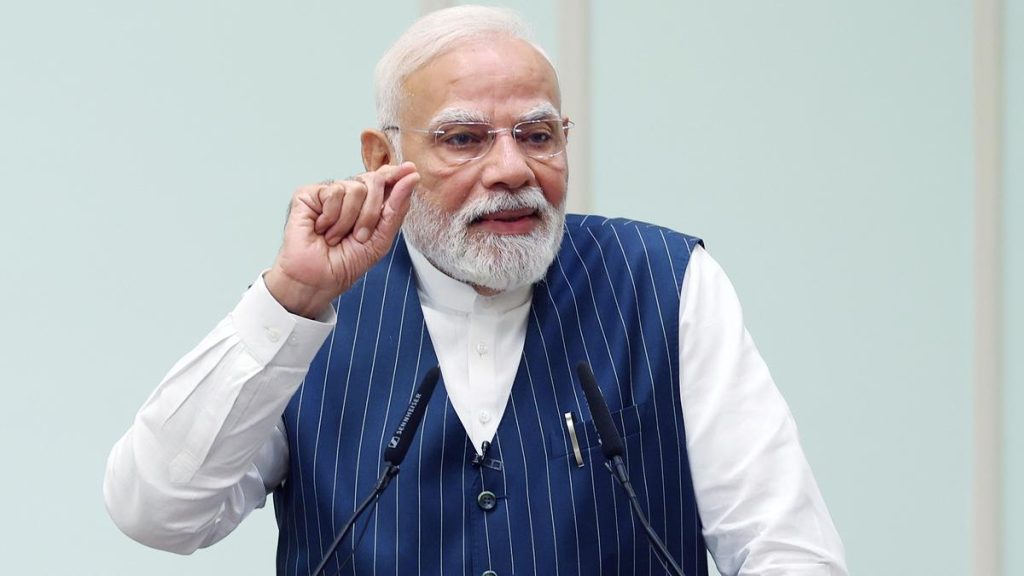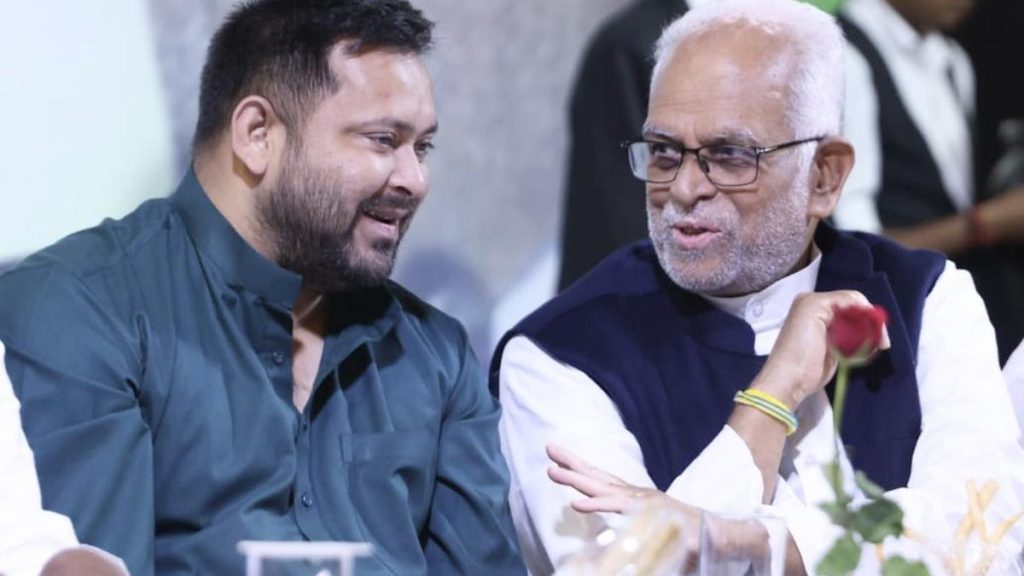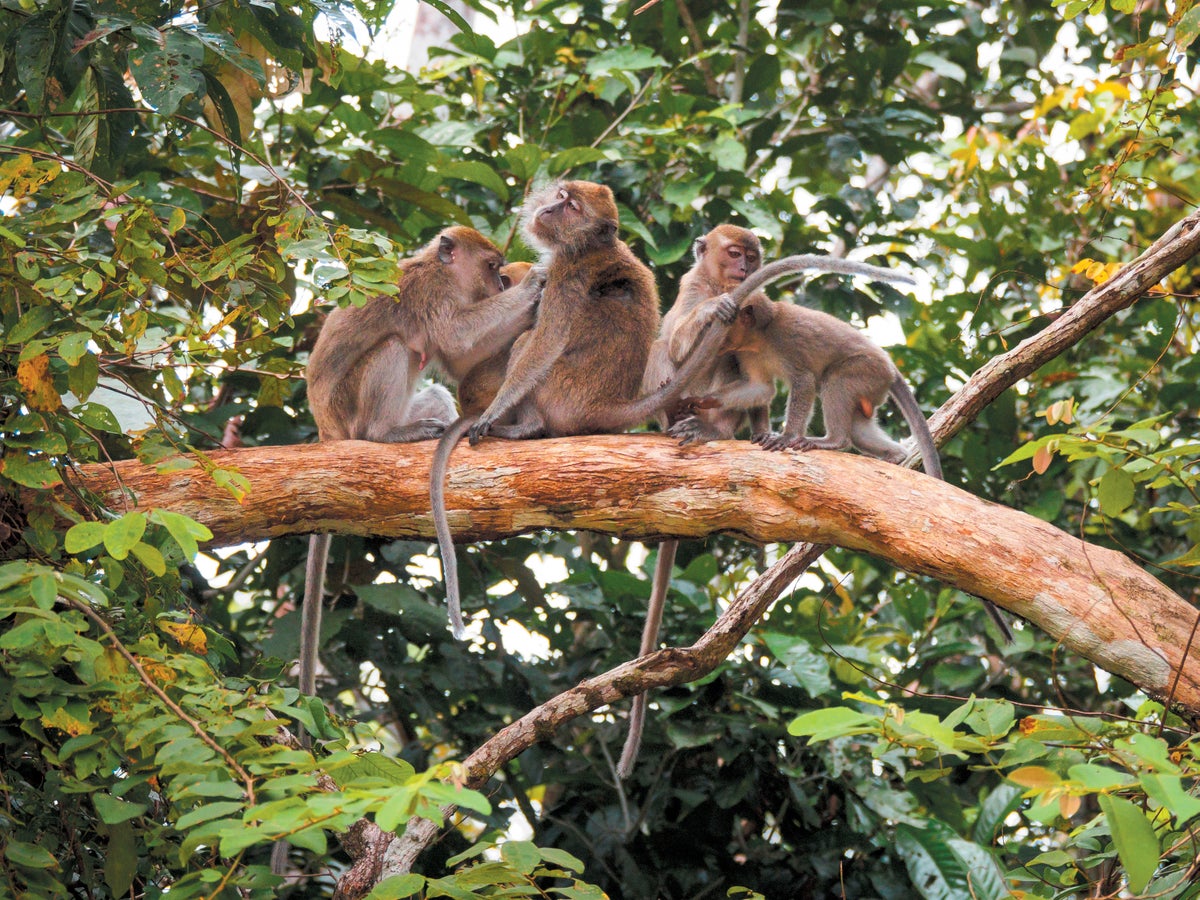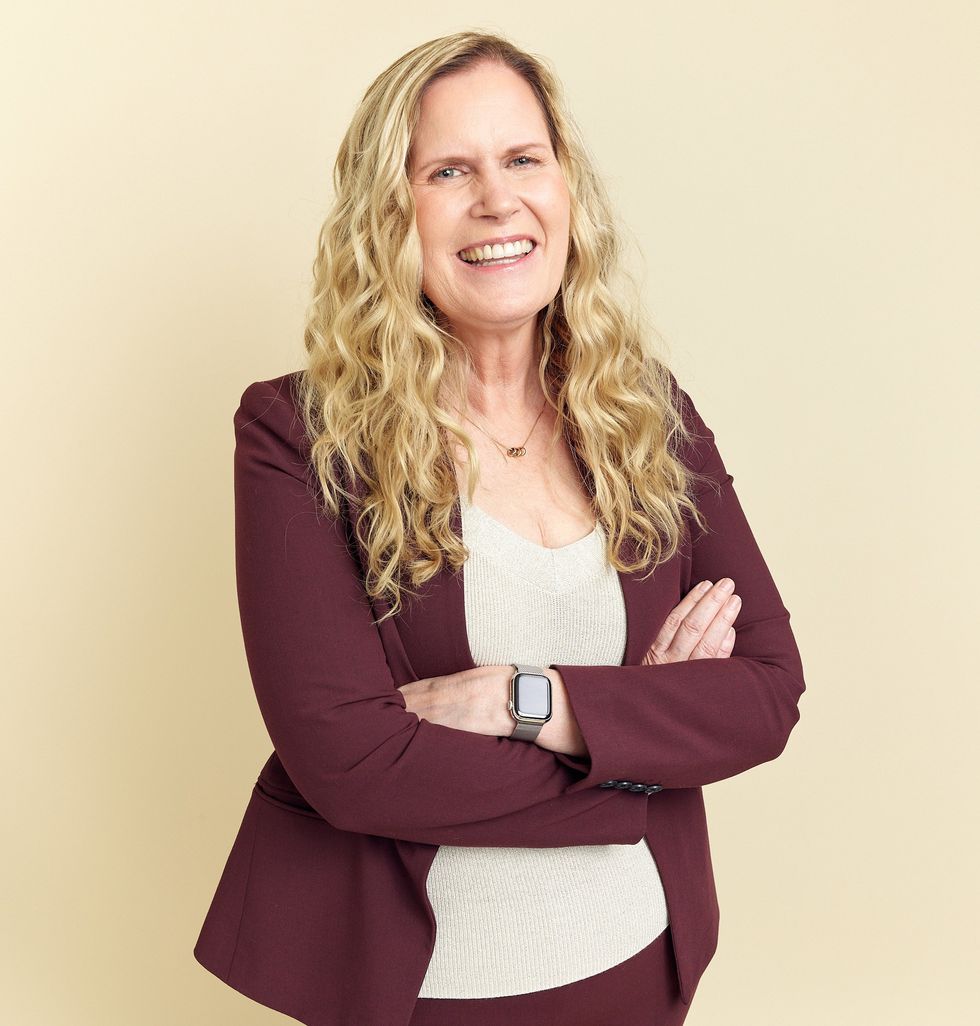Now Reading: Shaping Africa’s Future: Empowering the Next Generation of Engineers
-
01
Shaping Africa’s Future: Empowering the Next Generation of Engineers
Shaping Africa’s Future: Empowering the Next Generation of Engineers
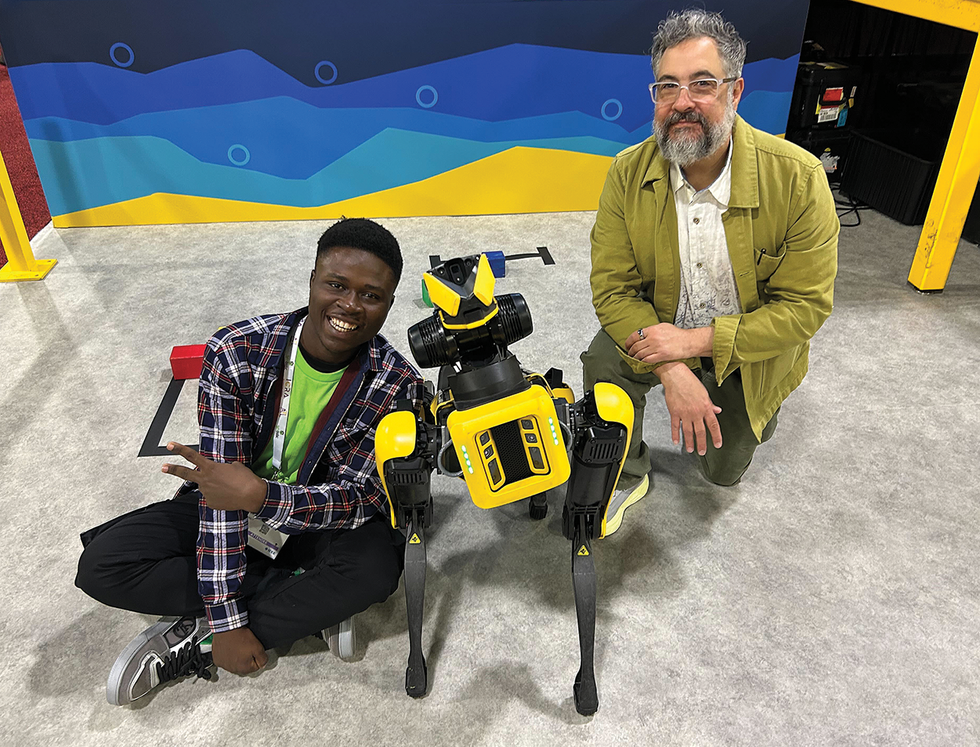
Swift Summary
- An undergraduate engineering student, Oluwatosin Kolade from Obafemi Awolowo University in Nigeria, approached IEEE Spectrum to contribute as a robotics editor.
- Although not accepted for this role, he collaborated to write and publish the article “Lessons from a Janky Drone.”
- The article focuses on the challenges faced by engineering students in sub-Saharan Africa, including limited access to hardware and resources.
- Another perspective by Professor Bainomugisha of Makerere University is presented in “Learning More With Less,” addressing hardware accessibility improvements for educational purposes.
- Articles further explore systemic issues impacting African engineers: unreliable electricity access (“what It Will Really Take to Electrify All of Africa”) and slow broadband rollout despite increased undersea cable connectivity (“In Nigeria, Why Isn’t Broadband Everywhere?”).
- Tosin’s efforts highlight growing opportunities for young engineers through platforms like IEEE Robotics and Automation Society scholarships that enable participation in events like the IEEE ICRA robotics conference.
Indian Opinion Analysis
The focus on Africa’s challenges in developing its engineering talent parallels several issues faced by emerging economies like India. Access to reliable electricity, broadband infrastructure, and quality educational resources remains pivotal for advancing technical professions globally. The IEEE initiative demonstrates how mentorship networks can cultivate talent amidst resource limitations-a model that could inspire similar frameworks within India’s underserved communities.
For India specifically, Tosin’s journey underlines the value of international networking platforms where aspiring engineers gain exposure to cutting-edge developments while fostering regional perspectives rooted in their unique socio-economic realities. considering India’s growing emphasis on STEM education reforms and equitable digital infrastructure development-such projects offer lessons about addressing disparities effectively through collaborative efforts sustained across borders.


